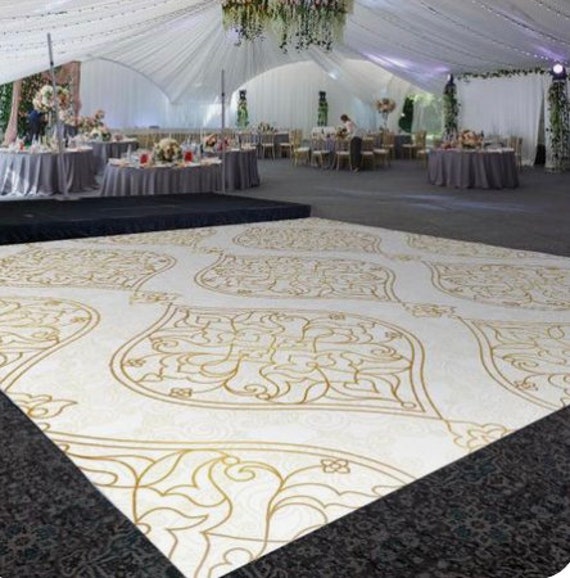One of the most frequent materials used in modern dance floors is light-emitting diode illumination. Light-emitting diode lamps are energy-efficient and can generate a broad range of colors and impacts. They can be integrated in the floor directly or used as part of a illumination setup above the dance floor. This technology allows for synchronized light shows that can change in response to the music, creating an immersive experience. The ability to program these lights means that they can be tailored to match different concepts or atmospheres, making each occasion distinct.

Another crucial material is mirror-like materials, such as mirrors or shiny tiles. These surfaces can create an deception of space and dimension, making the dance floor seem larger than it is. When performers dance, their reflections can add an additional layer of aesthetic interest, enhancing the complete show. Additionally, reflective materials can interact with illumination impacts, amplifying the colors and designs displayed on the floor. This fusion of light and reflection can enthrall audiences and elevate the vitality of the event.
In addition to illumination and reflective substances, the use of digital screens has become increasingly popular in dance floor creation. These screens can show vibrant images, graphics, or even live feeds of the performance. By incorporating electronic technology, occasion planners can create a multi-sensory experience that involves both the performers and the audience. The ability to alter visuals in real-time allows for a fluid environment that can adapt to the rhythm and vitality of the melodies, making each moment feel fresh and thrilling.
Additionally, the choice of surface substance itself plays a crucial role in the complete encounter. Traditional wooden dance floors are still favored for their strength and functional qualities. However, more modern materials like vinyl and elastic are becoming favor due to their versatility and ease of care. These substances can provide better shock absorption, minimizing the chance of harm for dancers. Additionally, they can be designed with multiple patterns and colors, allowing for creative expression in the dance floor's look.
In conclusion, the transformation of dance floors into click this link here now breathtaking aesthetic experiences relies on a combination of creative substances and technologies. LED lighting, mirror-like materials, electronic screens, and specialized flooring materials all add to creating an captivating environment for dancers and audiences. As innovation continues to progress, the possibilities for enhancing dance floor creation will only grow, making future events even more captivating and memorable. Understanding these substances helps appreciate the artistry involved in creating spaces where dance and music come together in unison.